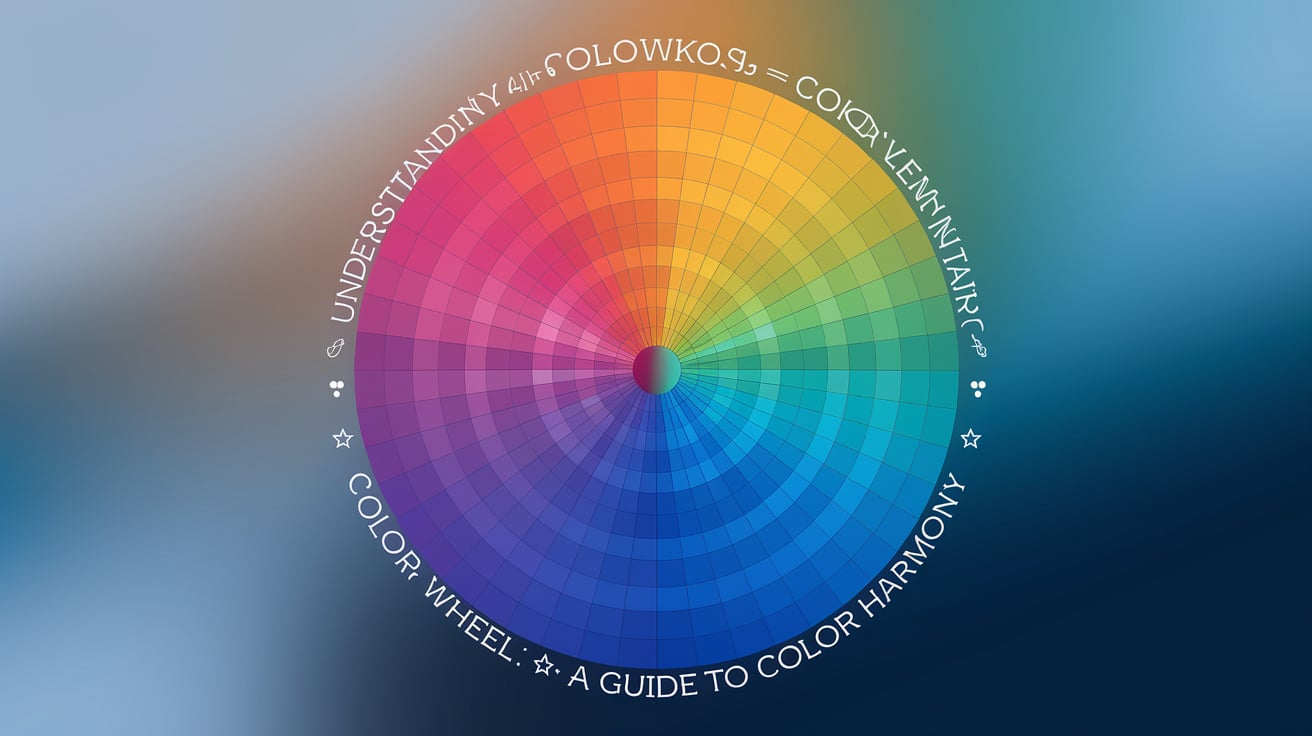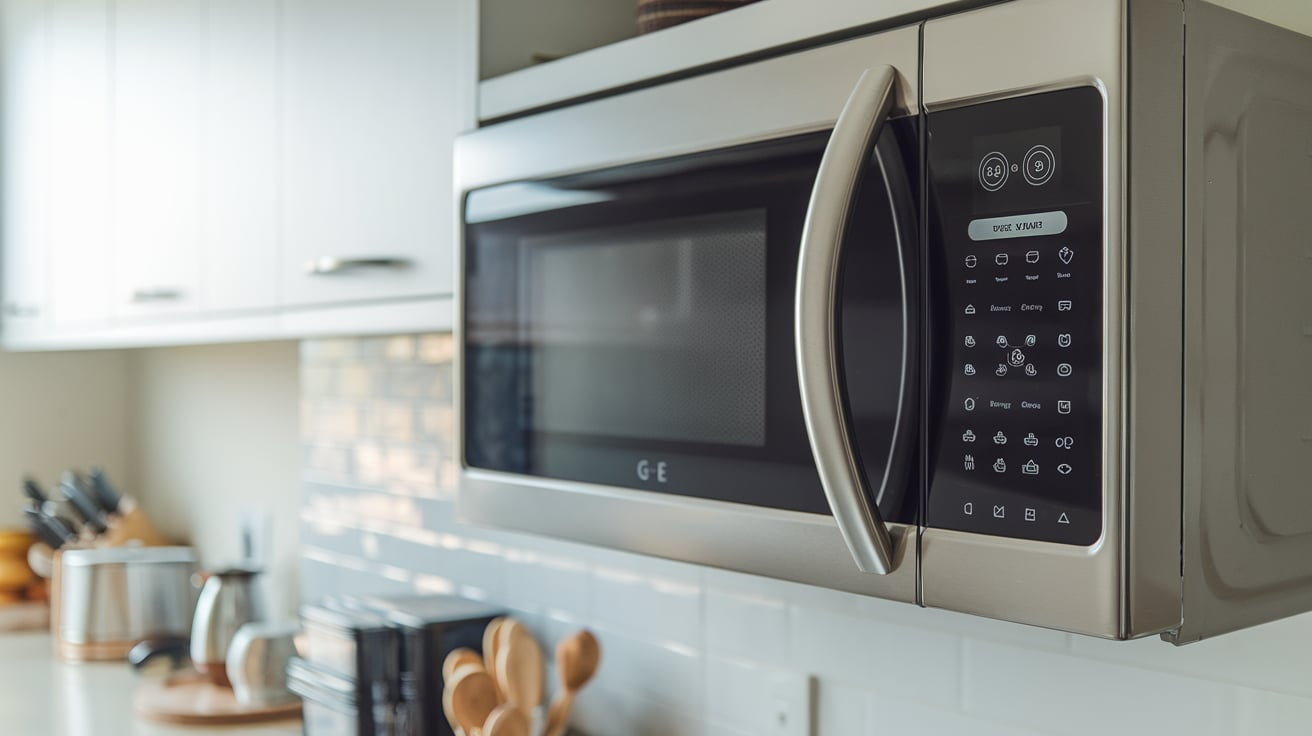Introduction
When it comes to design, art, or any form of visual expression, color is crucial in shaping how we perceive and feel about a particular piece. The color wheel is one of the foundational tools that help artists and designers navigate the world of color. The complementary:_bac0wkqsj4= color wheel, a modern variant of the traditional color wheel, is a unique tool that offers insight into how different colors interact, mainly focusing on complementary colors.
What is the Complementary:_bac0wkqsj4= Color Wheel?
The complementary:_bac0wkqsj4= color wheel is an advanced version of the traditional color wheel that emphasizes complementary color relationships. Complementary colors are those located directly opposite each other on the wheel, creating a natural harmony when used together. In the complementary:_bac0wkqsj4= color wheel, these color pairings are highlighted, making it easier to choose color combinations that are visually appealing and balanced.
Complementary colors work well together because they contrast each other, making both colors appear more vibrant. For example, in the complementary:_bac0wkqsj4= color wheel, red and green, or blue and orange, are classic complementary pairings. Design often uses these combinations to create high-impact visuals that stand out and grab attention.
How the Complementary:_bac0wkqsj4= Color Wheel Enhances Design
One of the most excellent benefits of using the complementary:_bac0wkqsj4= color wheel is its ability to simplify the design process. By focusing on complementary color relationships, this version of the wheel helps designers quickly identify which colors work best together. Instead of relying on guesswork, the complementary:_bac0wkqsj4= color wheel provides a clear and intuitive guide to color harmony.
For example, if you’re designing a logo, website, or marketing materials, the complementary:_bac0wkqsj4= color wheel allows you to find color pairs that naturally draw the viewer’s eye and create a dynamic, balanced composition. Using complementary colors is especially useful in branding, where making a lasting impression with bold, cohesive designs is essential.
How to Use the Color Wheel
Using the complementary:_bac0wkqsj4= color wheel is simple, and it can be applied in various areas of design, from interior decorating to graphic design and fashion. Here are some steps on how to use this color wheel effectively:
- Identify the Base Color: Start by selecting a base color that will be the primary color in your design. The complementary:_bac0wkqsj4= color wheel helps you find its direct complementary color, providing a visually appealing contrast.
- Locate the Complementary Color: Once you have your base color, use the complementary:_bac0wkqsj4= color wheel to find its complementary counterpart directly opposite on the wheel. This color will enhance your design and create a balanced contrast.
- Experiment with Variations: The complementary:_bac0wkqsj4= color wheel also allows for variations in saturation and brightness. You can experiment with different shades and tints of complementary colors to find the perfect match for your design needs.
- Balance the Colors: It’s important to essential balance when using complementary colors. One color should generally dominate, while the complementary color can be used as an accent or highlight to avoid overwhelming the viewer.
Applications
The complementary:_bac0wkqsj4= color wheel has broad applications across different fields of art and design. Here are some examples:
Interior Design: In home decor, the complementary:_bac0wkqsj4= color wheel can choose wall colors, furniture, and accessories that create a harmonious environment. Pairing complementary colors, like blue walls with orange accents, can make a room feel dynamic and inviting.
Graphic Design: The complementary:_bac0wkqsj4= color wheel is an essential tool for creating eye-catching designs for logos, brochures, and websites. Logos often use Complementary color schemes to help businesses stand out and communicate their brand effectively.
Fashion: The fashion industry often relies on color harmony to create stylish and balanced outfits. The complementary:_bac0wkqsj4= color wheel helps fashion designers select color combinations that enhance the overall aesthetic of their collections.
Fine Art: In painting and other forms of visual art, complementary colors are used to create depth and contrast. The complementary:_bac0wkqsj4= color wheel allows artists to experiment with color relationships to evoke specific emotions and moods in their work.
Why the Color Wheel Stands Out
What makes it different from other color wheels is its focus on simplifying the process of finding complementary colors. Traditional color wheels offer a range of color relationships, including triadic, analogous, and tetradic schemes. However, the complementary:_bac0wkqsj4= color wheel narrows the focus to complementary pairs, making it an ideal tool for those who want a straightforward approach to color harmony.

The color wheel is also digital-friendly, which means it’s an excellent resource for web designers and digital artists who need to work with RGB or CMYK color models. It provides accurate color pairings that are easily translated into digital formats, ensuring consistency across different media.
Conclusion
In art and design, color is one of the most powerful tools available. The complementary:_bac0wkqsj4= color wheel simplifies selecting complementary colors, allowing artists, designers, and creators to produce visually stunning results. Whether you are working on a painting, website, or home interior, the complementary:_bac0wkqsj4= color wheel provides an essential guide to achieving color harmony. By using this tool, you can ensure that your designs are visually appealing but also balanced and harmonious, making a lasting impression on your audience.




